Regulatory Support
Regulatory support plays a pivotal role in shaping the Adaptive Headlights Market. Governments worldwide are implementing stringent regulations aimed at improving road safety, which often includes mandates for advanced lighting systems. For instance, regulations that require vehicles to be equipped with adaptive headlights are becoming more prevalent, as they are proven to reduce nighttime accidents significantly. The European Union has set forth guidelines that encourage the adoption of adaptive lighting technologies, which could potentially lead to a market expansion of over 20% in the coming years. This regulatory environment not only fosters innovation among manufacturers but also ensures that consumers benefit from enhanced safety features. As such, the Adaptive Headlights Market is likely to see increased investment and development in adaptive lighting solutions, aligning with global safety standards.
Rising Vehicle Production
Rising vehicle production is a crucial factor propelling the Adaptive Headlights Market. As automotive manufacturers ramp up production to meet increasing consumer demand, the incorporation of advanced lighting technologies, including adaptive headlights, is becoming more prevalent. In 2025, global vehicle production is projected to exceed 90 million units, with a significant portion expected to feature adaptive lighting systems. This trend is particularly evident in the premium vehicle segment, where consumers are willing to pay a premium for enhanced safety and performance features. Furthermore, as manufacturers strive to differentiate their products in a competitive market, the inclusion of adaptive headlights is seen as a valuable selling point. Consequently, the Adaptive Headlights Market is likely to benefit from this upward trend in vehicle production, as more vehicles equipped with adaptive lighting systems enter the market.
Technological Integration
The Adaptive Headlights Market is experiencing a surge in technological integration, particularly with the advent of advanced driver-assistance systems (ADAS). These systems enhance vehicle safety and performance, leading to increased demand for adaptive headlights that can adjust to various driving conditions. As of 2025, the market for ADAS is projected to reach approximately 60 billion USD, indicating a robust growth trajectory. This integration not only improves visibility but also contributes to overall vehicle efficiency, making adaptive headlights a critical component in modern automotive design. Manufacturers are increasingly focusing on incorporating features such as automatic beam adjustment and glare-free high beams, which are becoming standard in new vehicle models. This trend suggests that the Adaptive Headlights Market will continue to evolve, driven by the need for enhanced safety and technological sophistication.
Innovation in Automotive Lighting
Innovation in automotive lighting is significantly influencing the Adaptive Headlights Market. Manufacturers are investing heavily in research and development to create more efficient and effective lighting solutions. Recent advancements include the use of LED and laser technologies, which offer superior brightness and energy efficiency compared to traditional halogen lights. The shift towards these innovative technologies is expected to drive the adaptive headlights market, with projections indicating a compound annual growth rate of around 15% over the next five years. Additionally, the integration of smart technologies, such as connectivity features that allow headlights to communicate with other vehicle systems, is becoming increasingly common. This innovation not only enhances the functionality of adaptive headlights but also aligns with the broader trend of smart vehicle technologies. As a result, the Adaptive Headlights Market is poised for substantial growth, driven by continuous innovation.
Consumer Demand for Safety Features
Consumer demand for enhanced safety features is a driving force in the Adaptive Headlights Market. As awareness of road safety increases, consumers are actively seeking vehicles equipped with advanced lighting technologies. Surveys indicate that nearly 70% of consumers prioritize safety features when purchasing a vehicle, with adaptive headlights being a key consideration. This trend is particularly pronounced among younger drivers, who are more inclined to invest in vehicles that offer cutting-edge safety technologies. The market for adaptive headlights is expected to grow as manufacturers respond to this demand by incorporating these features into their new models. Furthermore, the increasing incidence of nighttime driving accidents underscores the necessity for improved visibility solutions, further propelling the Adaptive Headlights Market forward. This consumer-driven shift suggests a promising outlook for adaptive lighting technologies.
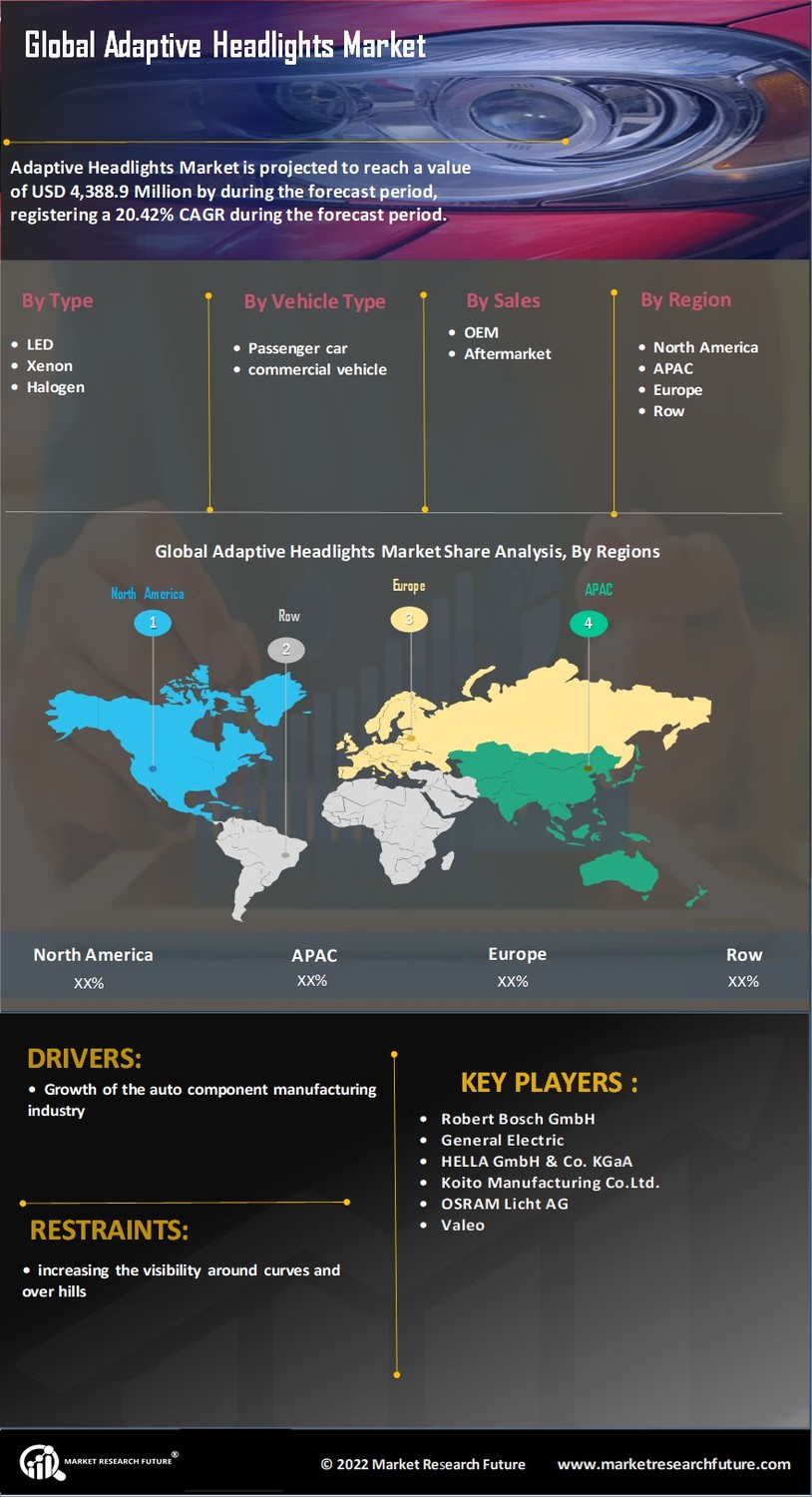

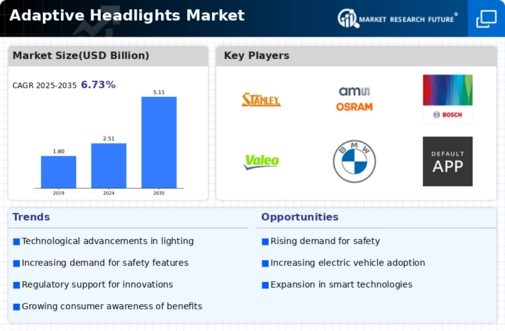
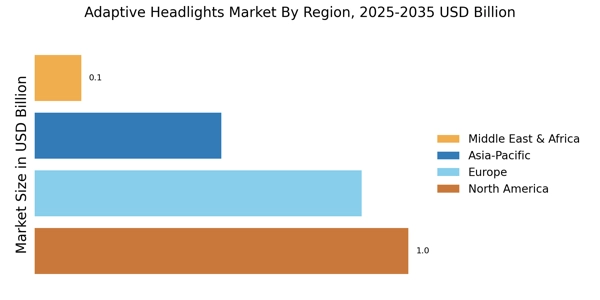

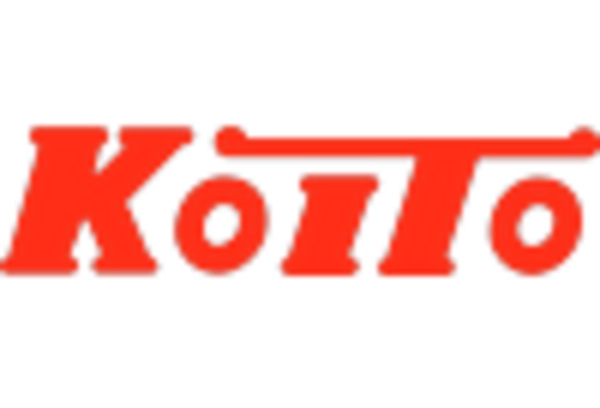
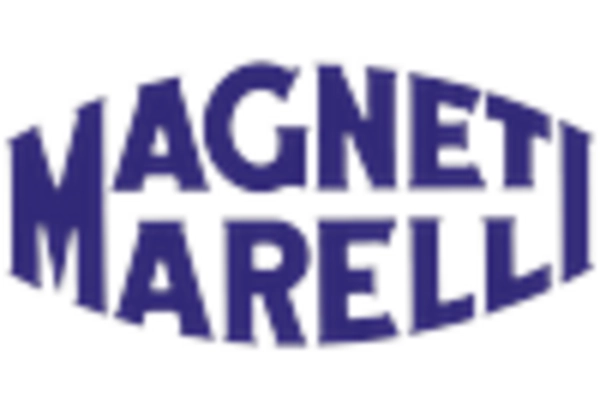
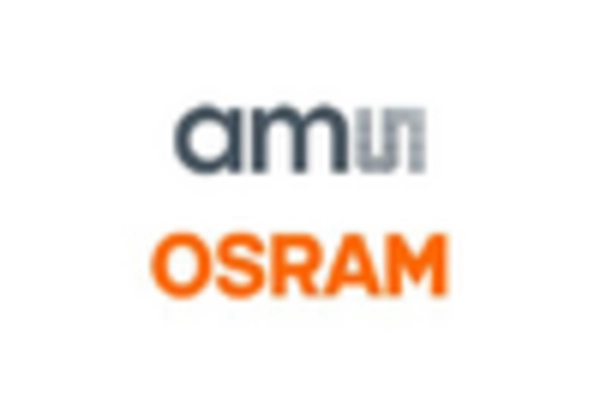
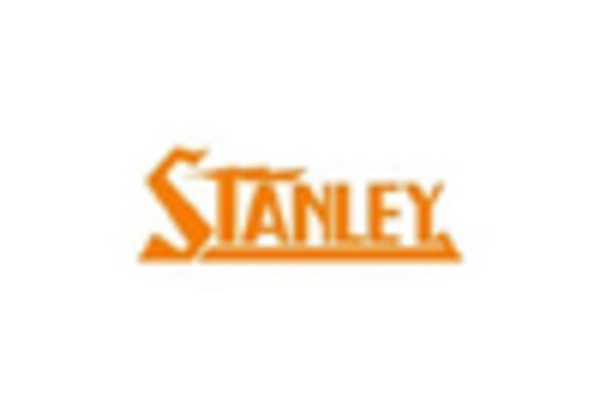
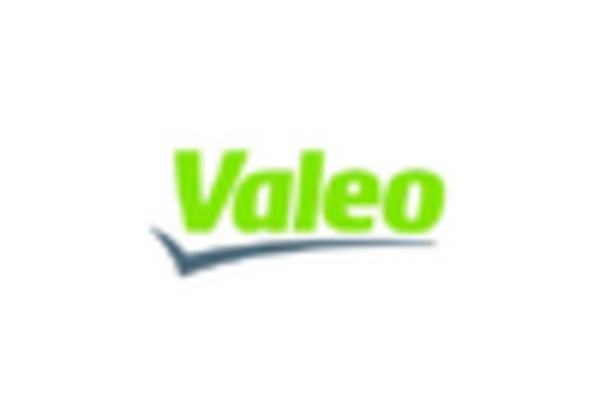








Leave a Comment